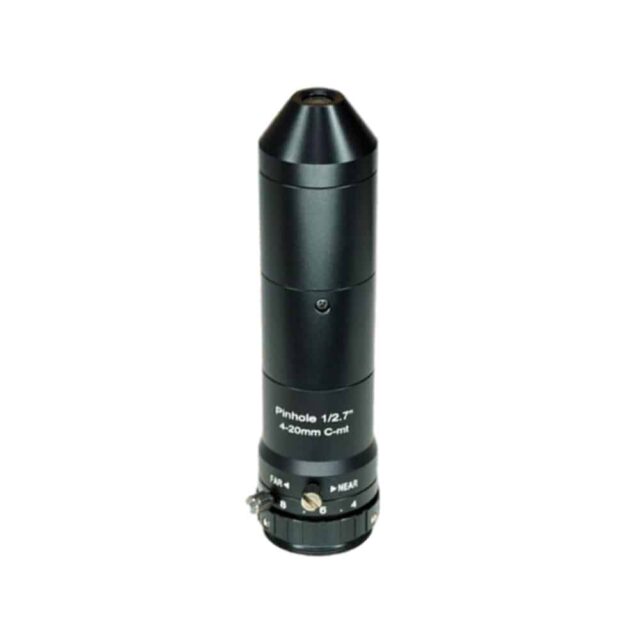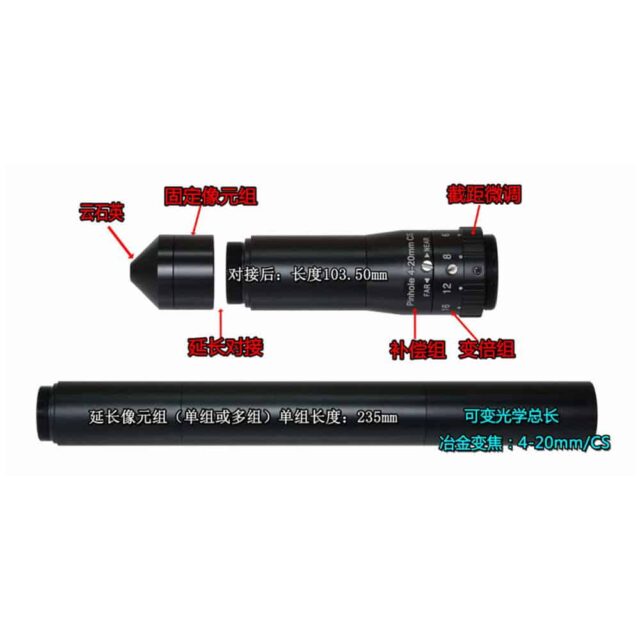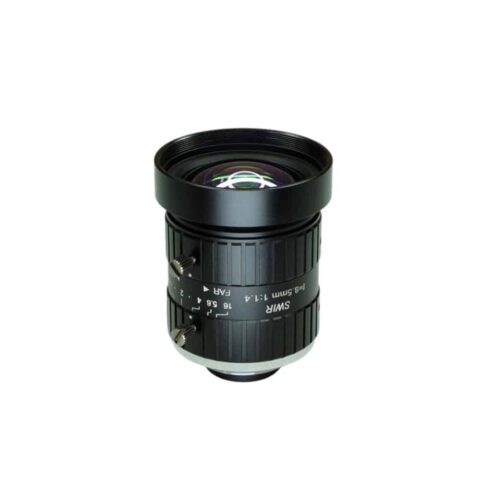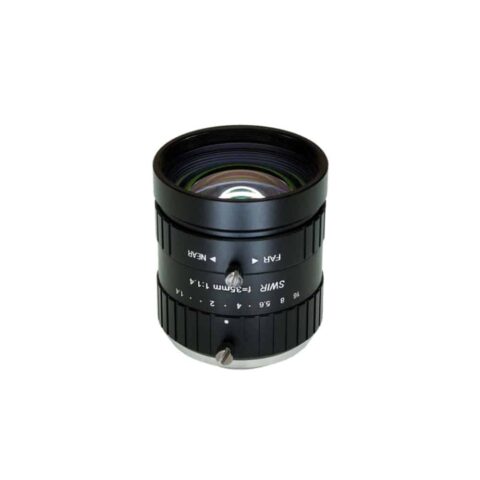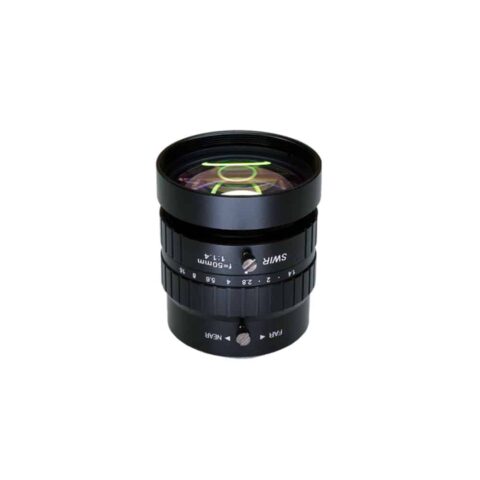Product Family Description
The C Mount Pinhole Lens with SUPERIOR® Optics is a versatile and high-performance optical tool designed for discreet surveillance, scientific research, and specialized imaging applications. Whether you need a compact, precise solution for low-light environments or a lens with specialized focal length features, this C Mount pinhole lens delivers exceptional clarity and functionality. With cutting-edge design, it is compatible with C mount cameras and offers a range of focal lengths to suit different imaging requirements.
4-20mm Varifocal Length C Mount Pinhole Lens | SPV0420MCP2MP is a CCTV pinhole-type lens with manual aperture and focus. It displays about 88.5~18.0° horizontal on 1/2.7 inch CCD cameras. The CCTV Camera Varifocal Lens offers the ultimate flexibility in surveillance, providing a variable focal length that can be adjusted to suit different environments and requirements. Unlike fixed lenses, a varifocal lens allows for manual zooming in or out to capture both wide-angle and close-up shots, making it a highly versatile solution for modern security systems. Whether you’re monitoring large open spaces or focusing on critical entry points, this lens ensures clear and accurate footage at all times.
CMANPIN
- Focal Lengths from 4-20mm with 88.5~18.0° Horizontal Viewing Angle
- Ideal for 1/2.7″ and 1/3″ CCD/CMOS with “C” Mount
- Designed for Manual Iris Control and Manual Focus
- Design to Operate from 7-12VDC
- High Quality Glass Elements and Aluminium Alloy
- Removable Push-on Cap Acts As Mounting Support
- Used for Many Pyrometallurgy Industrial and Security Applications
DATA SHEET
| Model No. | SPV0420MCP2MP |
|---|---|
| Focal Length | 4-20mm |
| MTF (Center/Corner) | 2 MegaPixels |
| Image Size | 1/2.7″ |
| Iris Range (F-Stop) | F1.4 ±5% |
| Mount | C-Mount |
| Angle of View (Dia. x Hor. x Ver.) | 1/2.7″@W° x 88.5° x 66.4°
T° x 18.0° x 13.5° |
| TV Distortion | % |
| Minimum Object Focus Distance | 0.4m ~ ∞ |
| Flange Back Focal Length | 12.53mm (in air) |
| Optical Back Focal Length | mm (in air) |
| Mechanical Back Focal Length | mm (in air) |
| Iris | Manual (W/Lock) |
| Focus | Manual (W/Lock) |
| Zoom | — |
| CRA | ° |
| Relative Illuminance | %@ |
| Structure | Aluminium Alloy + 11G |
| Dimension | Ø28.0 x 99.0mm |
| Weight | 115g |
| Temperature Range | -10°C ~ +60°C |
| Storage Range | -10°C ~ +60°C |
EXTERNAL VIEW
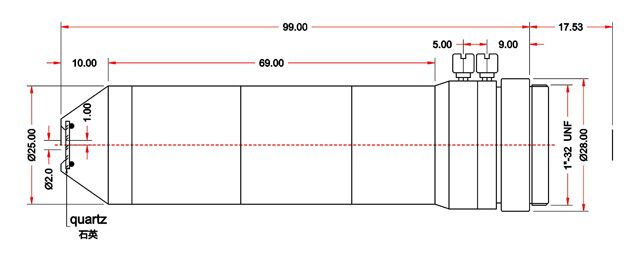
4-20mm C-Mount Pinhole Varifocal Length Lens | SPV0420MCP2MP
Precision Vision with the C Mount Pinhole Lens – Enhance Your Surveillance and Optical Solutions
1. What is a C Mount Pinhole Lens?
The C Mount Pinhole Lens is a specialized camera lens that is small and unobtrusive, making it perfect for discreet surveillance or research applications. It is designed to work with C-mount cameras, which are widely used in industrial and security applications due to their ease of use and high-quality image output.
2. Unmatched Clarity and Precision
Despite its small size, the pinhole lens delivers exceptional optical performance. The precise construction ensures minimal distortion and high resolution, making it ideal for capturing fine details in challenging conditions.
3. Wide Range of Applications
From security systems to research labs, pinhole lenses are used in various fields. The pinhole zoom lens and pinhole focal length lens variants provide added versatility, allowing users to adapt to different environments and capture distant or close-up objects with equal ease.
4. Compact and Durable Design
Designed to be robust yet compact, the C Mount Pinhole Lens can withstand harsh environments while maintaining performance. Its small form factor allows it to be easily integrated into surveillance equipment, medical devices, or research cameras where space is limited.
5. Enhanced Focal Length Options
With various focal length pinhole lens options available, users can achieve the exact field of view and focus required for their project. Whether you need a wider or more focused range, these CCTV Camera Lens offer the flexibility needed for different applications.
